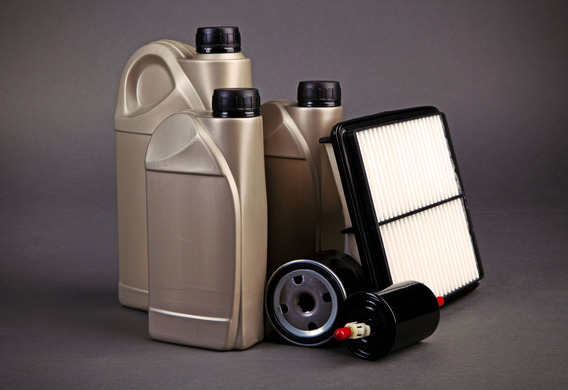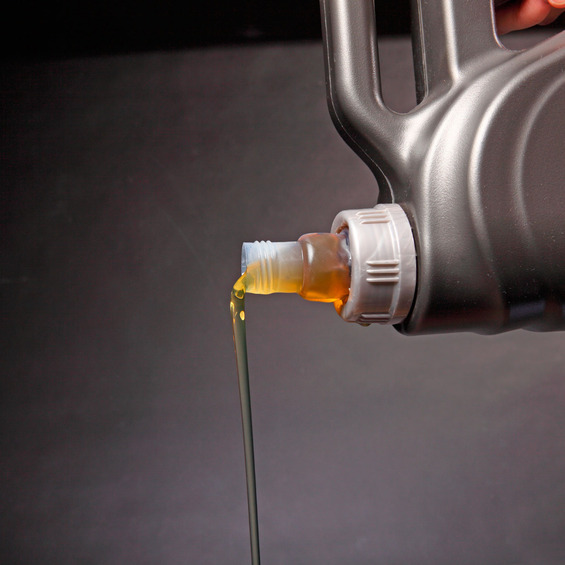
Depending on the design and type of engine, the engine oil is used, corresponding to a number of parameters. These parameters and manufacturer's recommendations need to be known in order to obtain the engine oil that is suitable for the engine of this car model. What is required on the oil label
What is required on the oil label
The oil package must include the name of the manufacturer, the name of the oil, the quality of the API classification, the marking under the SAE system (winter, summer, all-season), the basis of the oil (semi-synthetic, synthetic or mineral), the batch number and the batch index, the date of production.
Quality Level Oil Classification (API)
The qualitative assessment of the oil is carried out with the help of the system, which was developed in the American Petroleum Institute API. There are two classes: S and C. The first corresponds to petrol engines, the second corresponds to diesel. As a result of the tests, the scientists assign the oil an index that reflects a certain level of quality. The API system provides 8 indices for S-class engines. In ascending order, the letters A, B, C, D, E, F, G, are characterised by the novelty of the design of the engines. SA-SD-old motors, most of which are no longer produced; S-constructs up to 1979; SF designs 1980-1988; SH-constructs newer than 1993. For C-class diesel engines, 6 indexes are developed: A, B, C, D, E, F4. The SA-SS indices mean that the structure is not released. The entire spectrum of diesel engines covers the CoE-C4 oil.

SAE engine oil classification
SAE measures reflect the viscosic properties. The letter "W" means the engine oil is suitable for use in winter. The letter shall be preceded by a numeric symbol, which implies the possibility of using at a certain temperature. The temperature will be 0-3 degrees of frost at night, + 3-5? The following are the symbols 5W, 10W, 15W, and finally 20W (-15 to -10 degrees). Summer labeling is specified only by numbers: 30 (used at a temperature of + 20 to 25 degrees) to 60 (temperature +50 and above). The higher the number, the thicker the oil will be.
Often, manufacturers indicate intermediate marking, which means that they can be used in any season. For example, marking 10W-30 indicates that the oil is suitable for the temperature between minus 20 and 25 to plus 20 to 25 degrees.
Basis of the motor oil
Synthetic, semi-synthetic and mineral oils are used for the type of base. On the packaging of synthetic oil you can find the inscription "Fly Synthetic", which means that the product is made of chemicals. Such oils are characterized by good protection properties, temperature resistance and oxidizing processes. Typically, synthetic oils are about 20-30% more expensive than semi-synthetic or mineral equivalents. The undoubted benefits of this type of oil can be attributed to the long-term and uninterrupted operation of the engine. "Synthetics" allows the machine to have a heavy frost and provides protection for the details of the car during heavy loads.
In mineral oils you can find the inscription "Mineral". This type has a mineral basis derived from oil processing. Mineral oil has a lower value, but its characteristics are inferior to synthetic types. This type of oil does not have good performance: it does not withstand excessive temperatures, thickening thickens in the cold, the engine will be clogged while boil-off, and it needs to be replaced quite quickly.

A half-integrated type has absorbed properties of both mineral and synthetic species. In such oils, the additives that are characteristic of the synthetic are added to the mineral base. It should be noted that the cost of semi-synthetic oil is lower than synthetic oil.
Most modern oils are pretty fast in the engine. Given the properties of the oil composition, this is quite normal and is not a cause for concern.
ACEA Classification
This classification can be found in European countries. It is similar to the API system, but for many indicators, the oil requirements are more serious. Due to the use of high-loaded compact motors, Europeans need to develop special oil formulations that differ in their protective properties and weak viscosity. Motor oils for petrol and diesel engines are marked with the letters "A/B" combined with the figure. The higher the number, the higher the oil requirements. For example, the ACEA A3/B3 oil class has the same characteristics as the SL/CF APIs.
ILSAC classification
The standards provided by the ILSAC system are very similar to API requirements. For example, ILSAC-tagged oils are used in conjunction with petrol motors and are consistent with the marking of the SG. ILSAC has been set up by an international committee, which includes representatives of the United States and Japan.









